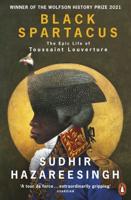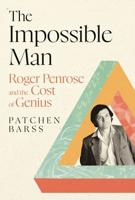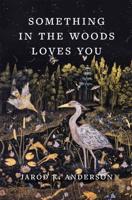Publisher's Synopsis
"The Hawaiian Archipelago" is a great eyewitness account of Hawaii in 1863, by one of the era's most intrepid travelers, after it had been impacted by its collision with the American and European powers but while it was still a robust independent Kingdom and before its forced assimilation into the USA. Isabella Bird visited the Sandwich Islands in 1871, when she was forty. Her letters home to her sister Henrietta have a remarkable freshness and spontaneity, and reveal the transformation of a Victorian invalid into a fearless horsewoman and enthusiastic mountain-climber, who thought nothing of riding for miles soaked with rain and fording terrifyingly swollen rivers. She undertook a thirteen-hour unaccompanied trek to the summit of the extinct volcano of Mauna Kea, revelling in the security with which she was able to travel and camp out without guides or companions. At the end of her stay she was able to make the perilous ascent to the summit of Mauna Loa, the largest volcano in the world, camping for the night on the edge of the crater, at nearly 14,000 feet. Isabella Bird's travel writing is a wonderful look at the world at the turn of the last century. Her writing is fluid and clear and her insights into people and places are gentile but pointed. In "The Hawaiian Archipelago," Isabella Bird is at her best, giving the reader a fascinating and insightful taste of the old Hawaii.









